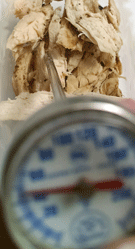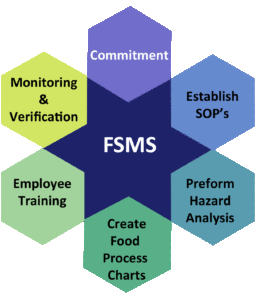There are many factors that lead to the success of a restaurant. You have heard the saying; location, location, location, but if the food is inconsistent and service subpar it will be hard to have long term success even in the best location. You must have a combination of a good physical location that matches the food you are serving, an inviting and clean interior, consistent food quality, great customer service, a good marketing strategy that matches your brand and the funding to start and operate your new venture.
Often very hard working, ambitious people fail because they only focus on one or two aspects of what will create success. One of the very first and most important tasks you need to tackle is your menu. You may fine tune it as the process moves forward but you should have a good idea of what you type of foods you will be serving and the price point for each. You must write a mission statement describing what your brand is about. This should be two or three sentences. If a friend asked what type of restaurant you are opening, this is what you would say. Here is an example;
XYZ is a sit-down casual dining eatery that specializes in high quality made in house charcuterie, cheese and wine locally acquired and imported from around the world and artesian breads made in house fresh daily. Sandwiches, soups and boards served in an artesian style of table service. There is a small market area where customers can buy the offerings to take home.
I have a clear vision of what this facility will look like and what type of area it should be located. It would be perfectly located in a walking area of a town, possibly where tourists frequent or near a theatrical venue. At this time, we also should think about the equipment we would need to produce the menu items. This is critical before signing a lease. You must have the space to fit the equipment necessary and provide a kitchen that can prevent cross contamination. One last thing before signing lease, make sure you have sufficient funding to build out the facility and operating capital to get started.
When the location is secure, you will need to contact an architect and plan out the facility layout. You will need to submit drawings, the menu and in Maryland a HACCP plan to the local planning department. There is much involved here and beyond the scope of this article, but we can help you wade through all the requirements.
When the plans are approved and construction is underway, you will have a lot of decisions to make. From selecting finishes that match your branding, hiring upper management, securing contracts with food suppliers, pest management, refuse management, POS and credit processing, janitorial supplies, and the list goes on.
Before the facility opens the doors there is much to do. Training the staff is critical. Not only should there be a certified manager on duty, you must train each and every team member. Training should be job specific and ongoing. When the facility is open, the person in charge (PIC) must be active and making sure that everyone is following procedures.
Finally, social media is an important aspect of any food service business. Prospective customers will check customer review services like Yelp, Facebook and Google. Any complaints must be addressed in a professional way. Advertising should match your brand and be varied. Some common mistakes are posting “stock” photos of food, incorrect information, getting into online arguments with customers and not addressing customer questions online. The person handling your marketing can be a qualified in-house person or by hiring a marketing consultant. The key is to be consistent with the brand established.
If you are thinking of starting a food facility, congratulations, it will be one of the most exciting times in your life. We are here to offer our professional advice and walk through the process with you. We have experience from conception through continuing operations. We work with contractors and planning, menu planning, writing your HACCP plan, creating your food safety plan and training. Do not hesitate to contact us at 410-687-1015.
About us; Sue Farace, CP-FS has been in food service since 1997, before that she worked in the construction industry for 13 years. She has owned several restaurants. She provides training, HACCP plans and consulting and inspection services for over 10 years in Baltimore Metro Area.
Disclaimer: The information provided is intended to provide basic information that can increase your chance of being successful and does not guarantee success. Opening a restaurant is a risky venture.

 illness?
illness? How often do you check your cold hold and hot hold temperatures?
How often do you check your cold hold and hot hold temperatures?
